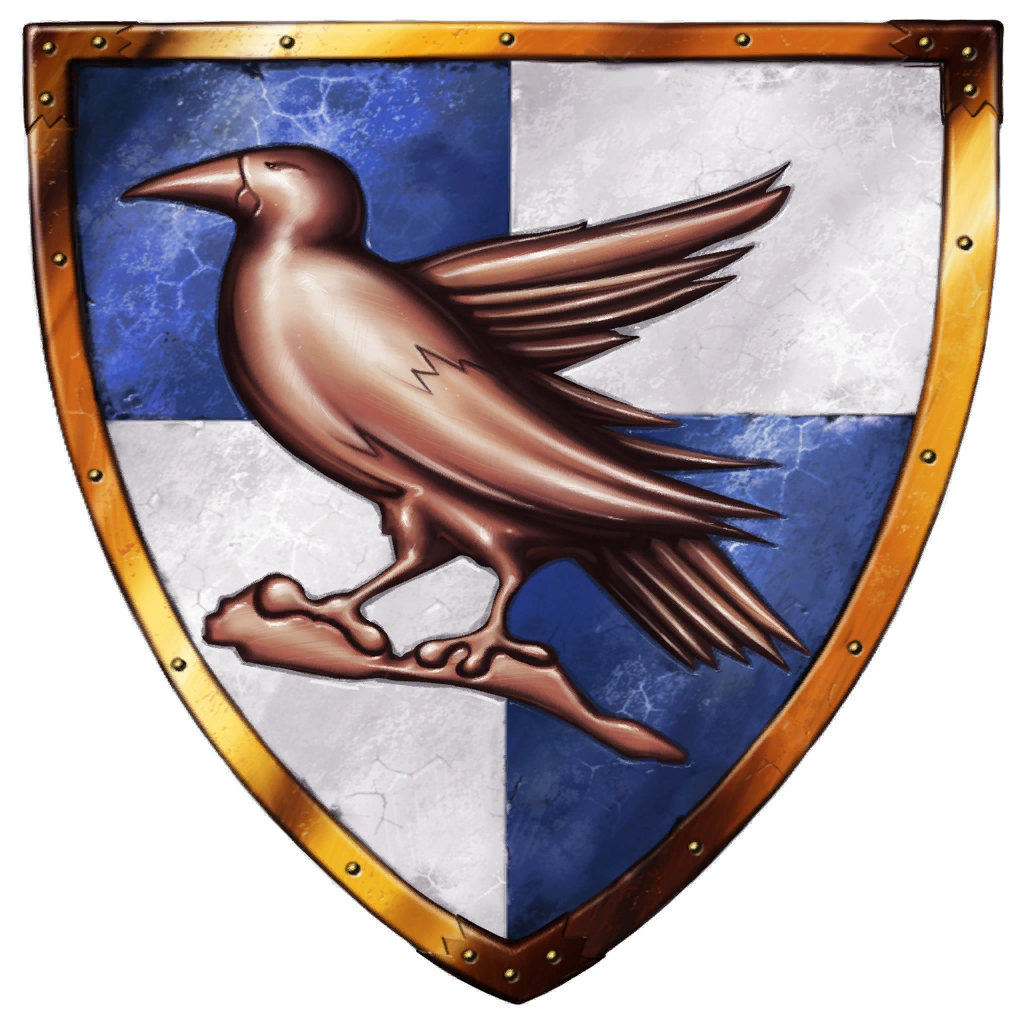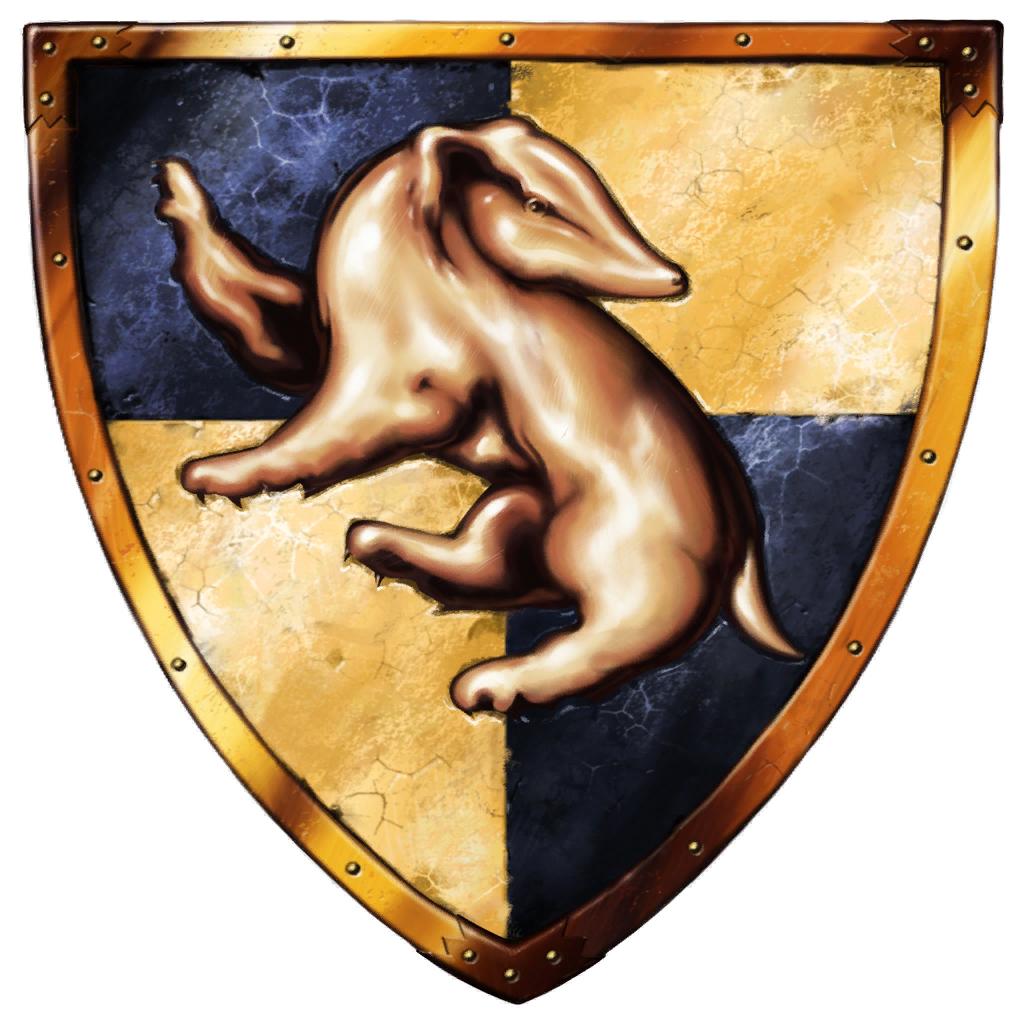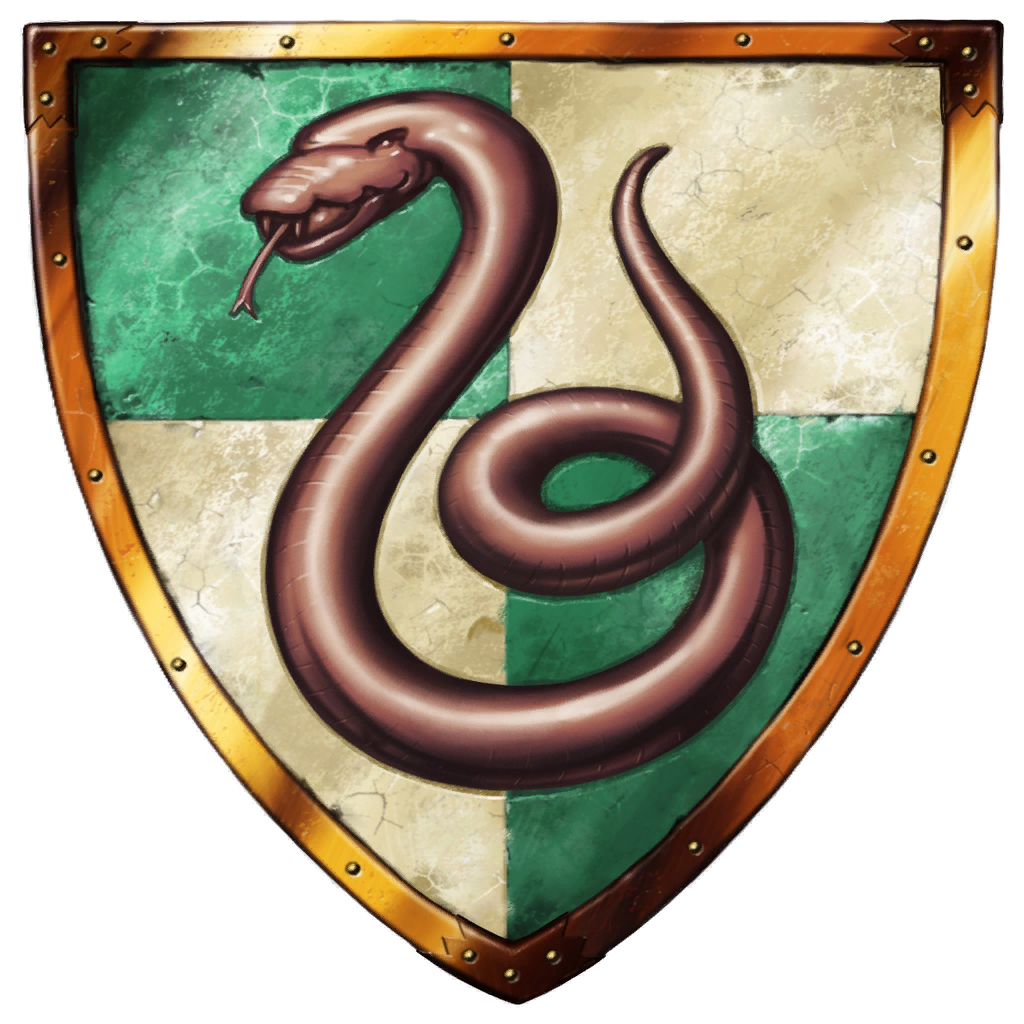 I enjoy Harry Potter, but would never consider myself a "geek." However, I think the content of this post will qualify me. If this doesn't interest you in any way, please feel free to move along. I won't be offended.
I enjoy Harry Potter, but would never consider myself a "geek." However, I think the content of this post will qualify me. If this doesn't interest you in any way, please feel free to move along. I won't be offended.Yesterday I made a discovery in the Harry Potter universe and would like to share it with the world. I would love to personally ask J.K. Rowling if I'm right, but alas, she seems to keep to herself and only accept the occasional handwritten fan mail (she doesn't even have an e-mail account). Maybe this post will eventually find its way to her and I can get an answer.
Anyway, this discovery comes from reading two books simultaneously. First, I am re-reading Michael Ward's Planet Narnia, in which he argues that C.S. Lewis wrote the seven Narnia books as a reflection of medieval cosmology. The pre-Copernican, geocentric universe viewed Earth at the center which was, in turn, ruled by towering spheres of 7 planets: Moon, Sun, Mercury, Venus, Mars, Jupiter, and Saturn. At this point in time astrology and astronomy were indistinguishable from one another, and although Christians did not believe that you were fated to follow your horoscope, the material heavens were seen to guide people and events on Earth. Even Thomas Aquinas believed that they exerted an "influence," although Christians could resist it. This was how he interpreted the Bible in several points such as "the stars in their courses fought against Sisera" (Judges 5:20). Ward goes on to say that Lewis used each Narnian book to describe the true God through the "lens" of each planet. Each one of the books has a different planetary "theme;" for example, The Lion, the Witch, and the Wardrobe is the Jupiter, or Jovial, book. As the King Planet, there are references to the kingship of Aslan as well as the crowning of the 4 children, just to name a few characteristics.
 Now on to Harry Potter, which I am currently reading aloud to our boys. Rowling, much like Lewis, is a medieval scholar and has a degree in Classics. Many aspects of the Harry Potter books mirror medieval morality plays, which has been noted by the scholar John Granger. Rowling has also admitted to a lifelong love of Narnia. So, what if she picked up on the astrological themes of Narnia years ago? If you know what to look for the themes are easy to pick up, all the more so if you come from a background of medieval and classical training. She makes many jokes throughout the series on the influence of the stars or divination, which may be her way of hinting at the truth. There are also 7 Harry Potter books, just like the 7 of the Narnia series, which, once analysed, begin to show up distinguishing characteristics of each planet. I'm no literary scholar, and some of the books are more clear than others, but see for yourself:
Now on to Harry Potter, which I am currently reading aloud to our boys. Rowling, much like Lewis, is a medieval scholar and has a degree in Classics. Many aspects of the Harry Potter books mirror medieval morality plays, which has been noted by the scholar John Granger. Rowling has also admitted to a lifelong love of Narnia. So, what if she picked up on the astrological themes of Narnia years ago? If you know what to look for the themes are easy to pick up, all the more so if you come from a background of medieval and classical training. She makes many jokes throughout the series on the influence of the stars or divination, which may be her way of hinting at the truth. There are also 7 Harry Potter books, just like the 7 of the Narnia series, which, once analysed, begin to show up distinguishing characteristics of each planet. I'm no literary scholar, and some of the books are more clear than others, but see for yourself:1) Sorcerer's Stone: Jupiter
Harry becomes part of Gryffindor House, which is marked by the color red (Jupiter) and by a lion (king of beasts). Harry also has to fight Professor Quirrell, who with Voldemart incarnated on the
back of his head, becomes a Janus-figure. Jupiter rules over the month of January.
2) Chamber of Secrets: Sun
Harry Potter is rescued by Dumbledore's phoenix, Fawkes. Phoenixes are pictures of the sun and their ashes can turn silver into gold, the metal of the Sun.
3) Prisoner of Azkaban: Mercury
This story is mainly about Sirius Black. Sirius is the name of the "Dog Star," the major star in the constellation Canis Major, which is ruled by Mercury. The children also have to do some stealing in this book (Mercury is the god of thieves), and Sirius makes his escape while flying away on the Hippogriff (like Mercury with his winged sandals).
4) Goblet of Fire: Mars
Mars is characterized by war and strife. This book opens with a mock-war, the Quidditch World Cup, then sees the rise of the Death Eaters, and ends with a battle with Voldemort in the graveyard, whose entrance was the forest of the Labyrinth (Mars is also god of the woods). Also, Ron and Hermione have major romantic strife.
5) Order of the Phoenix: Moon
"Luna" Lovegood is the most important new character in this book, and she is often described as having a "dreamy" look or a "dreamy" voice. The pale light at the Ministry of Magic becomes important at the end.
6) Half-Blood Prince: Venus
Love potions take center stage in this book. Also, it's a bit of a stretch, but the Battle of Hastings took place on a date under the sign Libra, making that England's zodiacal sign. Albus
 Dumbledore is a symbol of England (Albus was an ancient name for the island), and this book is mainly about him. Libra is ruled by the planet Venus.
Dumbledore is a symbol of England (Albus was an ancient name for the island), and this book is mainly about him. Libra is ruled by the planet Venus.7) Deathly Hallows: Saturn
Considering that the classic picture of the god Saturn is Death with a scythe, this one seems a bit more obvious.
There you go. Now I'll just sit by and wait for my book deal offers to come rolling in. Or my Harry Potter Geek badge to come in the mail.

1 comment:
I loved this post. There are so many reasons that we are friends.
Post a Comment